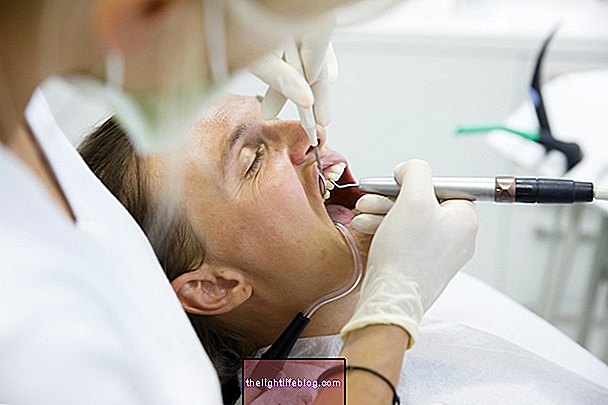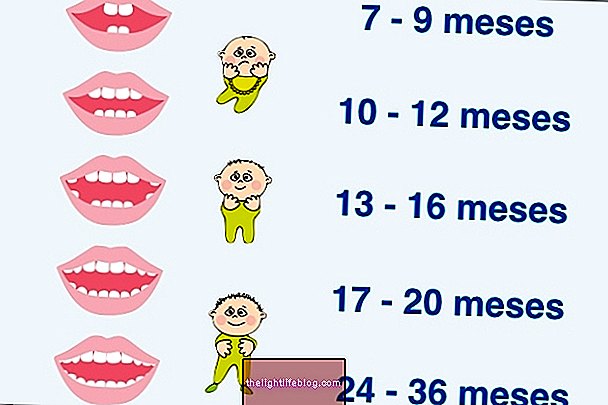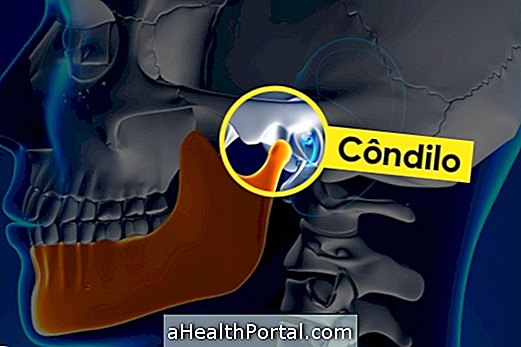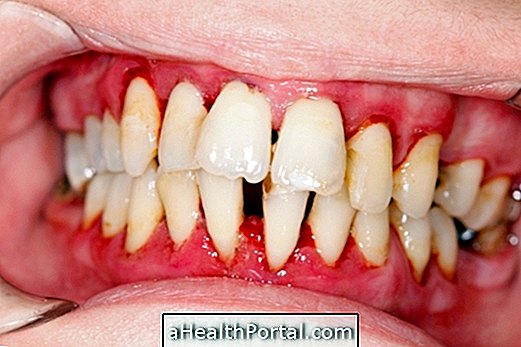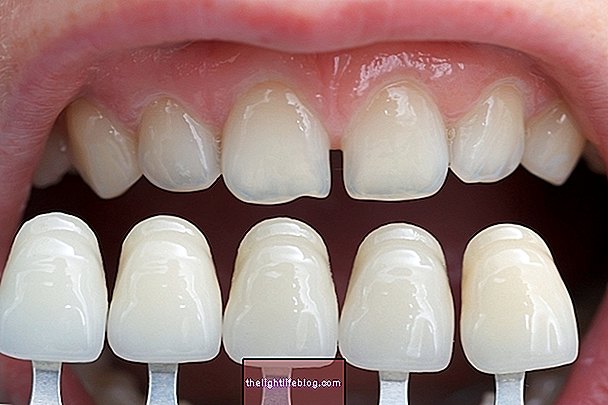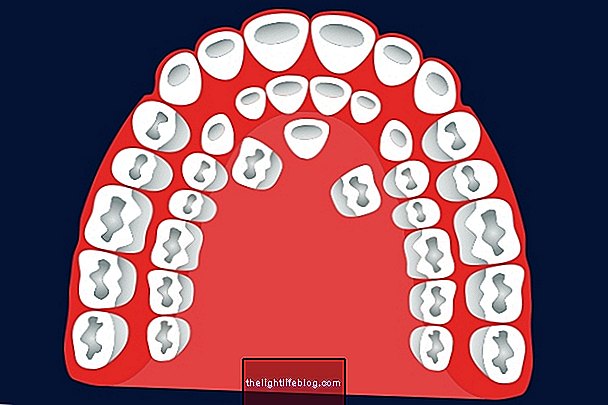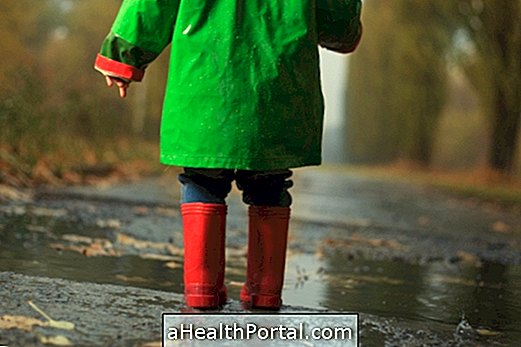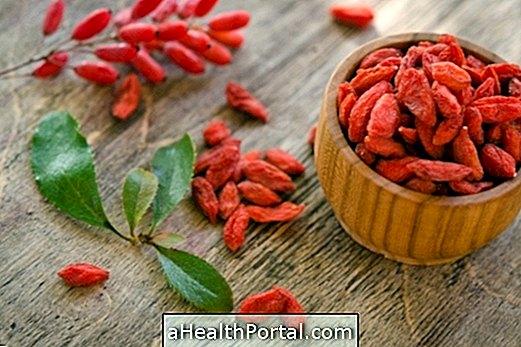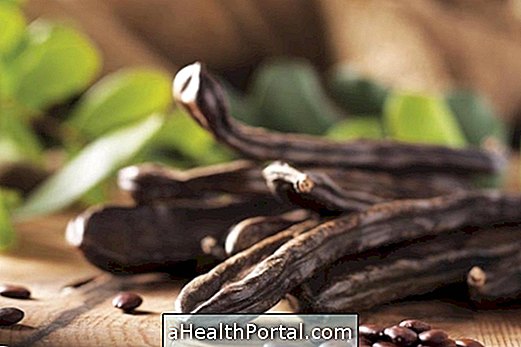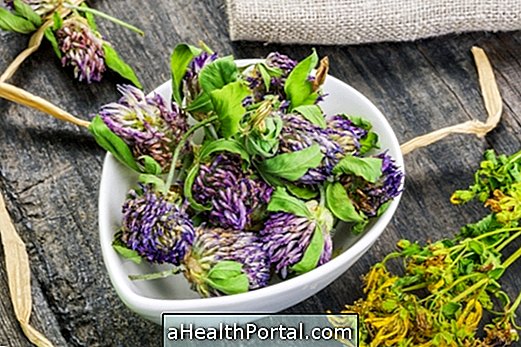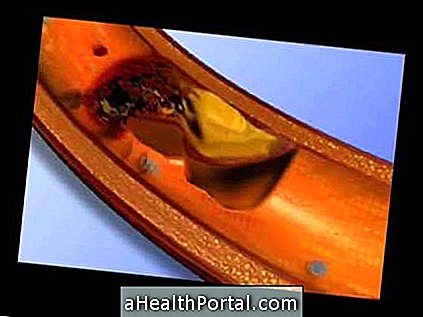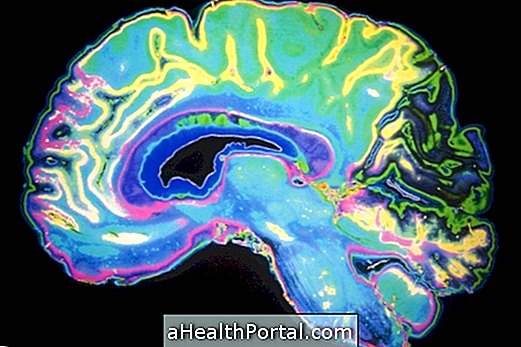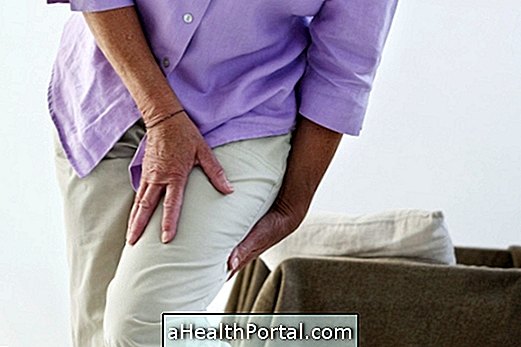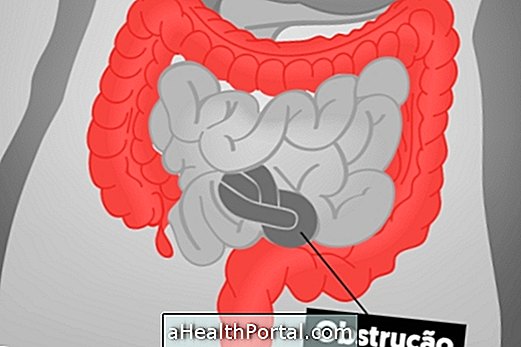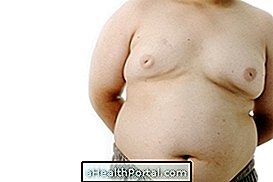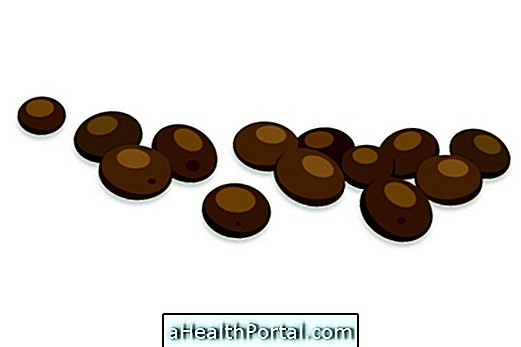Oral candidiasis, also known as candidiasis in the mouth, is an infection caused by excess fungus Candida albicans in the mouth, which causes infection, usually in babies, due to their still undeveloped immunity, or in adults with weakened immune systems due to the flu, chronic diseases or HIV, for example.
Despite living on the skin, it is possible that this fungus proliferates and leads to the appearance of signs and symptoms of infection, such as white plaques in the mouth and pain and burning in the region. The treatment for oral candidiasis must be done with mouthwashes, antifungal agents and correct oral hygiene, and should be guided by a general practitioner, dentist or pediatrician, in the case of children.

Symptoms of oral candidiasis
The fungus of the genus Candida sp. it is found naturally in the skin and mucous membranes, however when there are changes in immunity or the presence of factors that favor its growth, such as poor oral hygiene or a large amount of sugar in the blood, it is possible that this fungus proliferates and leads to the appearance of signs and symptoms indicative of infection, the main ones being:
- Whitish layer in the mouth;
- Plates of a creamy substance in the mouth;
- Appearance of thrush on the tongue or cheek;
- Feeling of cotton inside the mouth;
- Pain or burning in the affected regions;
In more severe cases, there may also be signs of inflammation in the esophagus, which can cause pain and difficulty swallowing.
This type of candidiasis is more common in babies and is called thrush, because because the fungus can be passed through kissing and the baby's immune system is still developing, it is possible that it presents the signs and symptoms of candidiasis in a baby. . Learn how to identify and treat the baby frog.
How the treatment is done
The treatment for candidiasis in the mouth must be indicated by the general practitioner, dentist or pediatrician, in the case of babies and children, and can be done at home through the application of antifungals in the form of gel, liquid or mouthwash, such as Nystatin , for 5 to 7 days.
In addition, during treatment it is important to take some precautions, such as brushing your teeth at least 3 times a day with a soft-bristled toothbrush and avoid eating fatty or sugary foods, such as cakes, sweets, cookies or candies, as they favor the development and proliferation of fungi.
In the most severe cases, in which the use of mouthwash does not have the desired effect, the doctor may recommend the use of oral antifungal remedies, such as Fluconazole, which should be taken according to the doctor's guidance even if the symptoms have disappeared.
A great home treatment for candidiasis is pennyroyal tea, because it has properties that reduce the proliferation of fungi and help to speed up the fight against infection. Learn about other options of home remedies for candidiasis.
Was this information helpful?
Yes No
Your opinion is important! Write here how we can improve our text:
Any questions? Click here to be answered.
Email in which you want to receive a reply:
Check the confirmation email we sent you.
Your name:
Reason for visit:
--- Choose your reason --- DiseaseLive betterHelp another personGain knowledge
Are you a health professional?
NoMedicalPharmaceuticalsNurseNutritionistBiomedicalPhysiotherapistBeauticianOther
